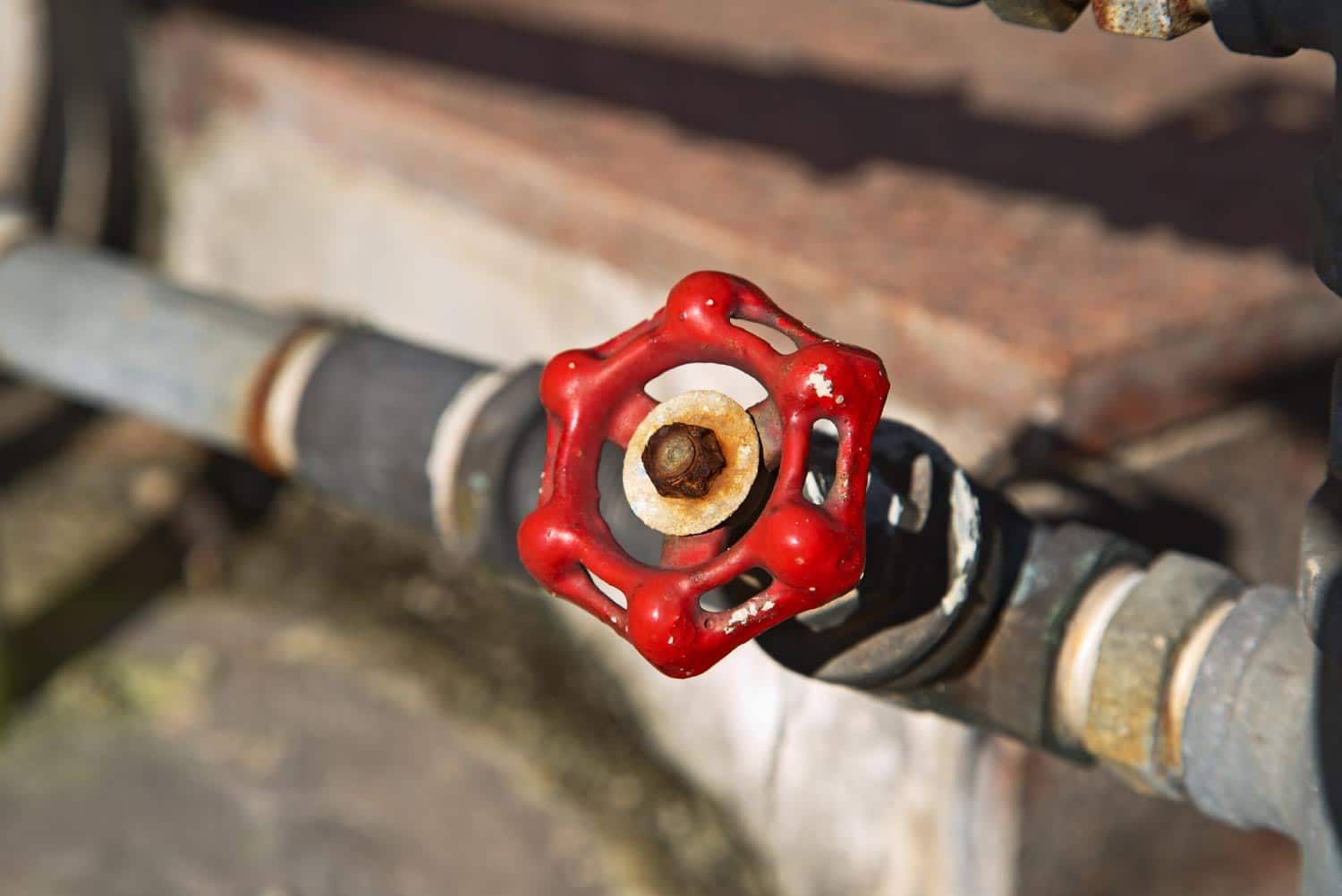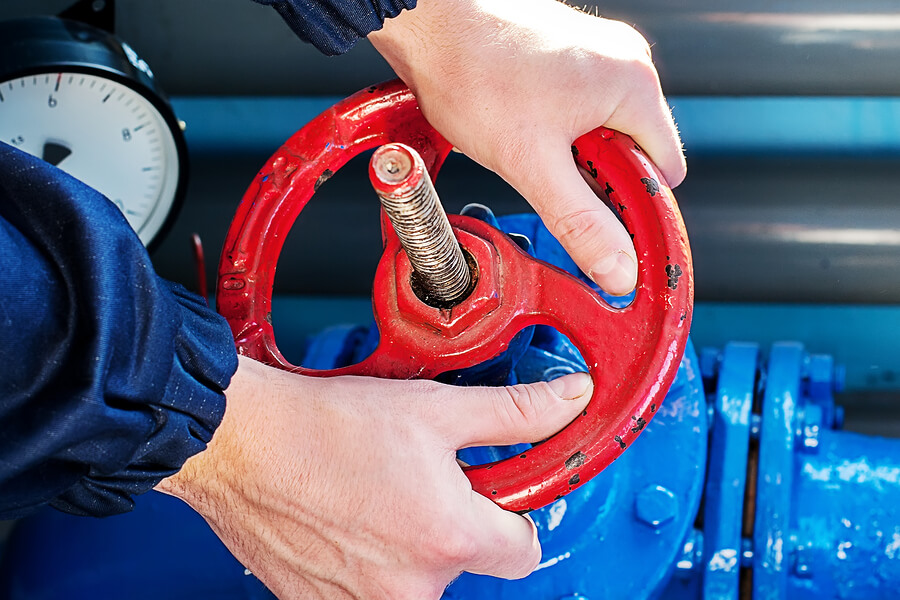Everyone is bound to have his or her own theory when it comes to How To Protect Your Home From Water Damage.

The plumbing system of your home is a detailed network of pipes and also shut-off valves. The last is used to manage the water's flow right into the pipes throughout the whole house. In case of an emergency, you can cut the water utilizing the valves. This stops extensive water damages from happening.
Why Must I Fret about This?
Besides, professional servicemen will certainly shut down these valves when there are repair services in local lines. As an example, your bathroom sink is malfunctioning, so you can conveniently find the shut-off valve underneath the sink. Nonetheless, for significant leakages, you have to close the mainline shut-off valve. If you will certainly be away for getaway, it is additionally great technique to turn this off.
The longer you wait to shut the shut-off shutoff, the extra extensive the damages will certainly be. You might not have enough time to figure out how to close the shutoffs when you're worrying in the middle of an emergency.
What Does the Shut-Off Valve Look Like?
This is usually a knob that allows you to switch off the water for a details home appliance, a localized area (for example the entire 2nd floor), or for the whole property. It is essential to know where these shutoffs are, so when something emerge in any kind of location of your house, you can close it right now. This will help you prevent considerable water damage that will certainly set you back thousands to repair.
Where are These Located?
Your finest bet is to call a water reconstruction services firm for support. If you have a fairly moderate-sized house, try looking for a handle or lever.
If you have a home evaluation report from when you acquired your property, it ought to be indicated in those documents. Nonetheless, if you built it from scratch, it ought to remain in the plans. Normally, contractors set up the shutoffs near or within the main, ground-floor restrooms. The shutoffs are intended to be visible, some choose to camouflage them for aesthetic factors.
When to Call an Expert?
Need to the aforementioned be the case for your localized valves, you have no other choice but to shut off the main water line, cutting the source of water in your whole home. Call the plumber to inspect the problem and shut off the shutoff in that area only so you can make use of the rest of the plumbing in other areas of your home.
Keep in mind, these valves are lifesavers and also necessary for any type of plumbing repair. In the occasion of a plumbing emergency, shut down these valves to stop difficulties that call a trustworthy water damage restoration supplier.
The plumbing system of your home is an elaborate network of pipelines and shut-off shutoffs. In the event of an emergency, you can reduce the water using the valves. The longer you wait to close the shut-off shutoff, the much more extensive the damages will be. It is crucial to understand where these valves are, so when something plants up in any type of location of your house, you can shut it right away. In the occasion of a plumbing emergency, shut down these shutoffs to stop difficulties that call a credible water damage repair service provider.
How to Shut Off Water Valves
The Shutoff Valve to the Water Supply for an Individual Plumbing Fixture
To stop the flow of water to a specific appliance such as a sink, check the pipes for the nearest valve; it will likely be made of chrome and located directly below the fixture. Many showers and sinks have two valves for hot and cold water respectively, so make sure to turn them both off. Appliances like dishwashers, How to Shut Off Water Valveswashing machines, and refrigerators sometimes have switches, rather than valves, on the hoses connecting them to the wall. Water heater valves are usually located on the pipes above.
When it comes to which way you should turn the valve, keep in mind the old saying “righty tighty, lefty loosey.” In other words, turning a valve clockwise, or to the right, will restrict the flow of water while turning it counterclockwise, or to the left, will allow water to flow. If you have trouble turning the valve, wear a work glove to get a better grip, or use a wrench. Once you turn all of the valves clockwise as far as they will go, the water supply should be successfully shut off.
Before you start making repairs, have a bucket nearby so that you can drain any water that was left over in the pipes. After you finish the job, turn the valves counterclockwise as far as they will go to restore the water flow.
The Shutoff Valve for the Main Water Supply to Your Home
The first step is locating your main shutoff valve. You probably have a brass valve with a round handle near the area where water enters your home. It could be located in your kitchen, a utility closet, a downstairs bathroom, or even on an outside wall. Turning the valve clockwise as far as it can go should shut off all of the water fixtures in your home; however, you’ll need to turn on all faucets to empty any water left remaining in the pipes. Let your sinks and showers run until all water flow ceases, and then turn all faucets to the off position. After finishing your repairs or installations, turn the main valve back counterclockwise.
The Shutoff Valve for the Water Supply to Your Entire Property
Before you do anything, call your water company and ask for permission to access your street shutoff valve. If your home’s main water valve fails or needs replacing, you must turn off the water supply to your whole property before attempting repairs. You’d also need to do this before trying to fix a leak in the pipes connecting your home to the street valve. The shutoff valve for the property is usually located in the same metal box that contains the water meter. Remove the box cover and look for a handle; you might need a long wrench to reach it.
Different cities have different types of street valves. Ball valves have long, thin handles while gate valves have more rounded handles. A ball valve handle will usually be aligned with the pipe while open; turn it 90 degrees to the right to turn it off. Gate valve handles should be turned clockwise as far as possible to stop the water flow.

I found that entry about 3 Efficient Tips to Guard Your Home from Showers and Storms while doing a search on the web. If you enjoyed our blog posting plz remember to share it. We take joy in reading our article about 3 Simple Approaches Against the Shower and Shower-based Water Damage.
Drain blockage? Seek our expertise.